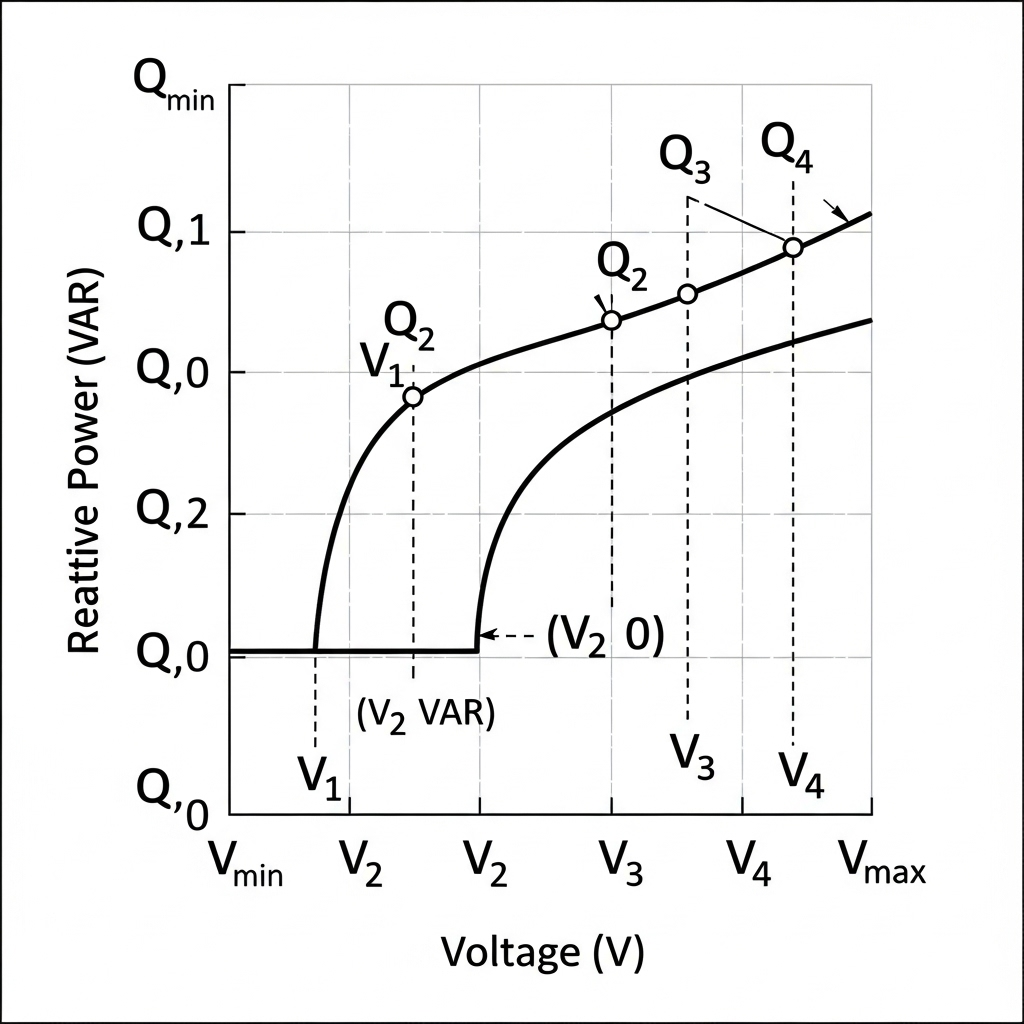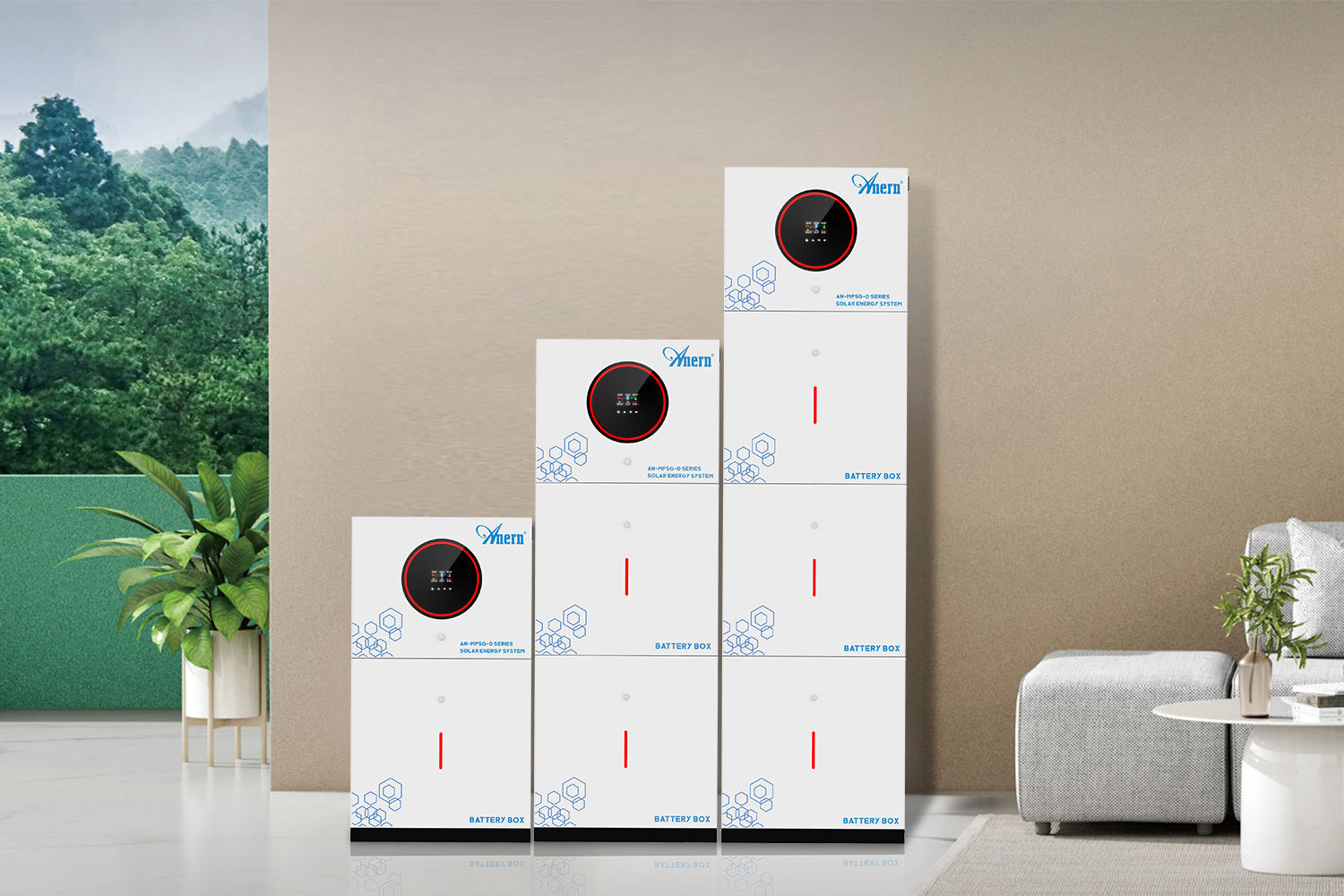For the last decade, the IGBT has been the heart of every energy storage inverter I've designed. It's the reliable workhorse of the power electronics world—strong, predictable, and cost-effective. But a few years ago, my team got our first batch of Silicon Carbide (SiC) MOSFETs in the lab, and it fundamentally changed how we approach inverter design. The game is changing, and as engineers, it's an exciting time.
The choice between these two components isn't just a technical detail; it dictates the size, efficiency, and ultimately the value of the entire Energy Storage System (ESS). I want to give you my perspective from the design bench on where each technology shines and why we're making the switch to SiC for our high-performance systems.
The Old Guard vs. The New Challenger
Think of it like this: the trusty IGBT is like a powerful, reliable V8 engine. It gets the job done exceptionally well and has a long history of performance. SiC, on the other hand, is like a high-performance electric motor—incredibly efficient, quiet, compact, and capable of lightning-fast responses. Both can power a vehicle, but they do it in fundamentally different ways.

What We Actually See in the Lab: A Head-to-Head Comparison
When we put these devices on the test bench, the theoretical advantages of SiC become immediately obvious. Here’s what we’ve learned.
- Efficiency and Heat: The biggest difference is in switching losses. Every time a switch turns on and off, it generates a tiny puff of waste heat. When you do that thousands of times a second, it adds up. SiC switches are so fast that these losses are dramatically lower. In our tests, this consistently translates to a 1-2% gain in overall inverter efficiency. That sounds small, but for a large commercial ESS, it means megawatt-hours of extra delivered energy over the system's life.
- Size and Weight: This was the biggest surprise for our mechanical team. Because SiC can switch at much higher frequencies, we can use much smaller and lighter magnetic components (the inductors and transformers). Combine that with SiC's better heat tolerance—meaning a smaller heatsink—and the entire inverter can shrink by 30-50%. That's a huge deal for shipping costs, installation ease, and site flexibility.
My Engineering Team's Cheat Sheet
This is the quick-reference table we use when we kick off a new inverter design project.
| Parameter | IGBT (Our Workhorse) | SiC (Our Game-Changer) |
|---|---|---|
| Switching Frequency | Low-Medium (< 20 kHz) | High-Very High (> 100 kHz is possible) |
| Overall Efficiency | Good (97.5%) | Excellent (99%+) |
| Thermal Needs | Requires significant cooling | Much simpler cooling needs |
| System Size & Weight | Larger & Heavier | Smaller & Lighter |
| Upfront Component Cost | Lower | Higher (but dropping fast) |
Where We Still Use IGBTs (And Why)
Despite my excitement for SiC, we haven't abandoned IGBTs. They are still our go-to choice for our most cost-sensitive product lines. The technology is mature, the supply chain is rock-solid, and the cost is hard to beat. For many residential and small commercial projects where the upfront price is the number one priority and a 97% efficient inverter is "good enough," a well-designed IGBT system is still a fantastic and reliable choice.
Why SiC is the Future for High-Performance ESS
For our premium and utility-scale products, all new designs are based on SiC. The reasons are simple:
- Maximizing Revenue: In a utility-scale ESS, that 1-2% efficiency gain directly translates to more revenue from energy sales. The math is easy; the slightly higher upfront cost of the SiC inverter pays for itself quickly.
- Power Density is King: For applications like EV fast-charging stations, space is everything. A smaller, lighter SiC inverter is a massive advantage.
- Advanced Grid Support: Modern grid codes are demanding faster and more precise control from inverters to help stabilize the grid. As noted in reports like IRENA's Grid Codes for Renewable Powered Systems, the speed and low-loss characteristics of SiC allow us to meet these demanding requirements much more effectively than with IGBTs.
My Final Take
As an engineer who has built with both, I can tell you the momentum is undeniably with SiC. While I still respect the proven reliability of the IGBT, the performance gains from SiC are too significant to ignore. For anyone designing or specifying a forward-looking, high-performance energy storage system today, the conversation has to start with Silicon Carbide.





Leave a comment
All comments are moderated before being published.
This site is protected by hCaptcha and the hCaptcha Privacy Policy and Terms of Service apply.